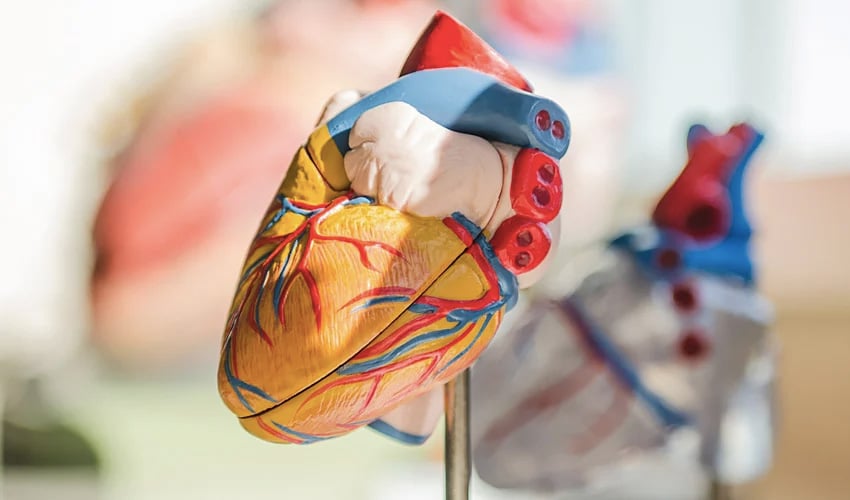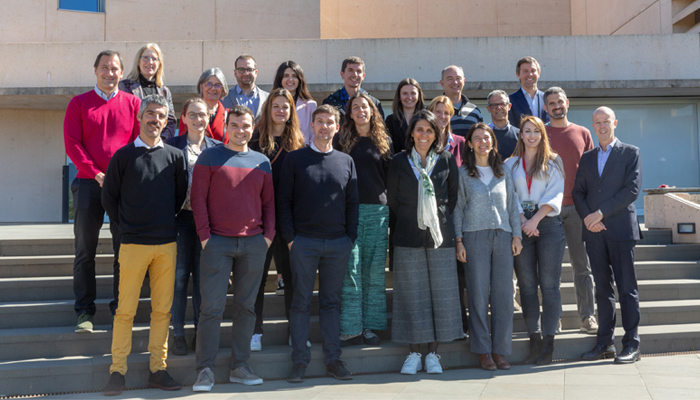Cardiopatch, a Project That Relies on 3D Printing to Treat Heart Problems

Several organizations in Spain, France, and Portugal are collaborating on the European Cardiopatch project in the healthcare sector. The primary goal of this initiative is to advance cardiac regenerative medicine by utilizing additive manufacturing technologies. These 3D printing solutions would facilitate the study of myocardial infarction, a condition in which a plaque breaks off, travels, and becomes lodged in a coronary artery, disrupting blood flow and depriving the heart of oxygen. Cardiopatch is heavily reliant on 3D printing, as these European partners have recently created a patch capable of repairing damaged heart tissue. They have designed and validated different 3D bioprinting methods to aid in the transportation, cultivation, and implantation of the patch.
Cardiovascular disease causes over 4 million deaths annually in Europe, with myocardial infarction being one of the leading causes of death. The current treatment options for this condition include drug therapy, implantation of devices, or cardiac resynchronization. Unfortunately, human beings lack sufficient regenerative capabilities for this vital organ, and while current treatments exist, only heart transplantation provides a truly curative therapy. Additive manufacturing has opened up exciting new opportunities for medicine to develop better performing devices through customization.

The Cardiopatch team (photo credits: Cardiopatch)
3D Printing Medical Patches
Developing a non-invasive treatment for cardiovascular and circulatory system diseases remains a significant challenge for the scientific community. Common procedures do not guarantee a reduced risk of death or readmission. In response, Cardiopatch has developed an innovative cellular regenerative medicine-based therapy using 3D printing technology. The therapy involves using a stem cell patch to repair heart tissue damaged by myocardial infarction without invasive surgery. The solution was presented in Pamplona on April 18th, following three years of research. Dr. Felipe Prósper, coordinator of the project and director of the cell therapy area of the Clínica Universidad de Navarra, said that “our patch has shown therapeutic potential in the first in vivo trials. In addition, we have designed a 3D device for its culture and transport and a tool that allows its minimally invasive implantation in the patient.”
The project’s entities have developed processes to enhance the therapeutic potential of the patch’s stem cells. One success was the creation of a collagen membrane with cardioprotective factors. Moreover, they developed and evaluated various technologies and protocols for the production of therapeutics in cardiac regenerative medicine. “The results are positive and show the potential of regenerative medicine to find effective treatments for this type of heart disease. It is essential to continue investing and promoting research in these areas to find a definitive solution,” adds Felipe Prósper.
The project has also created a 3D bioreactor that has been tested and approved for the cultivation and transportation of the stem cell patch. Additionally, they have developed a rollable device that can be implanted in the heart with minimal invasiveness. Through preclinical trials on rodents, the effectiveness of the Cardiopatch therapy has been demonstrated with promising outcomes. Further testing will be conducted in the upcoming months to confirm its efficacy.
Europe’s Advances in the Field of Regenerative Medicine
Europe has the resources to advance both medicine and additive manufacturing, but there is a need for better structures to encourage collaboration and joint efforts between the two fields. The Cardiopatch project, funded by the EU’s Interreg Sudoe Program and the ERDF, aims to address this challenge. The project takes a four-pronged approach, focusing on research, the economy, public authorities, and society to develop specific actions. You can find more information on the Cardiopatch project website, HERE.
What did you think of this cardiopatch project? Let us know in a comment below or on our Linkedin, Facebook, and Twitter pages! Don’t forget to sign up for our free weekly Newsletter here, the latest 3D printing news straight to your inbox! You can also find all our videos on our YouTube channel.






